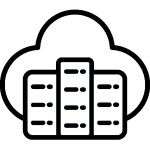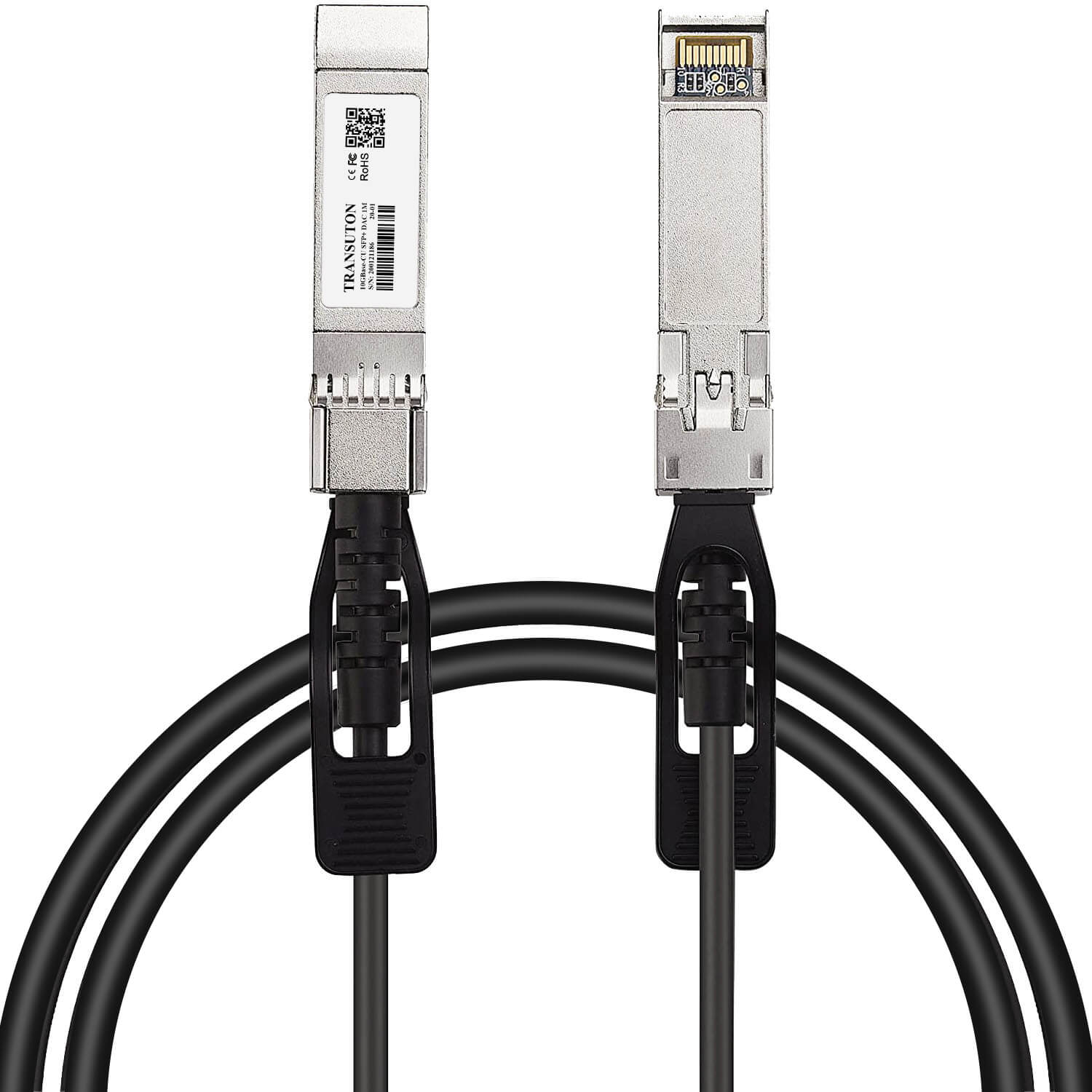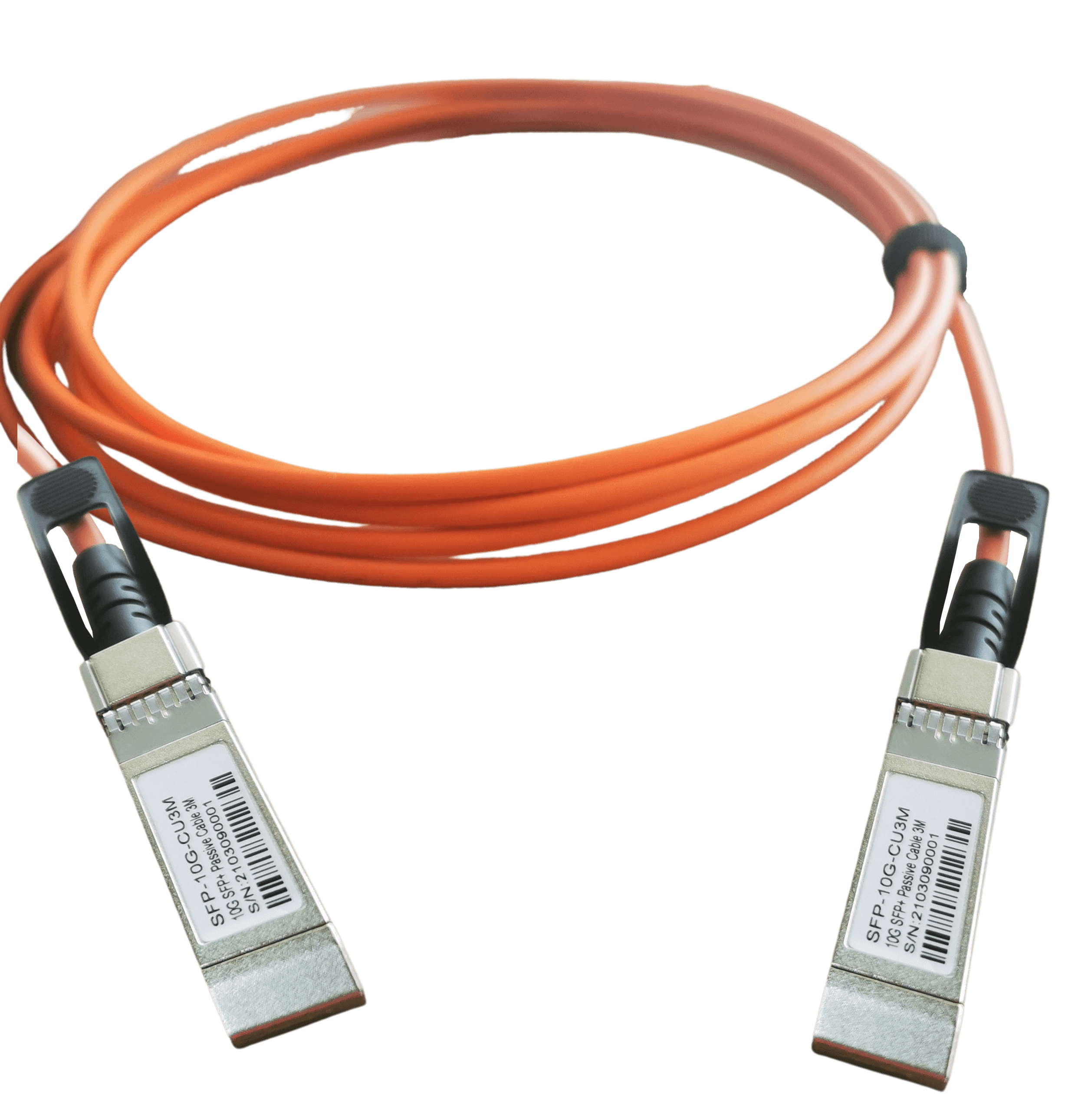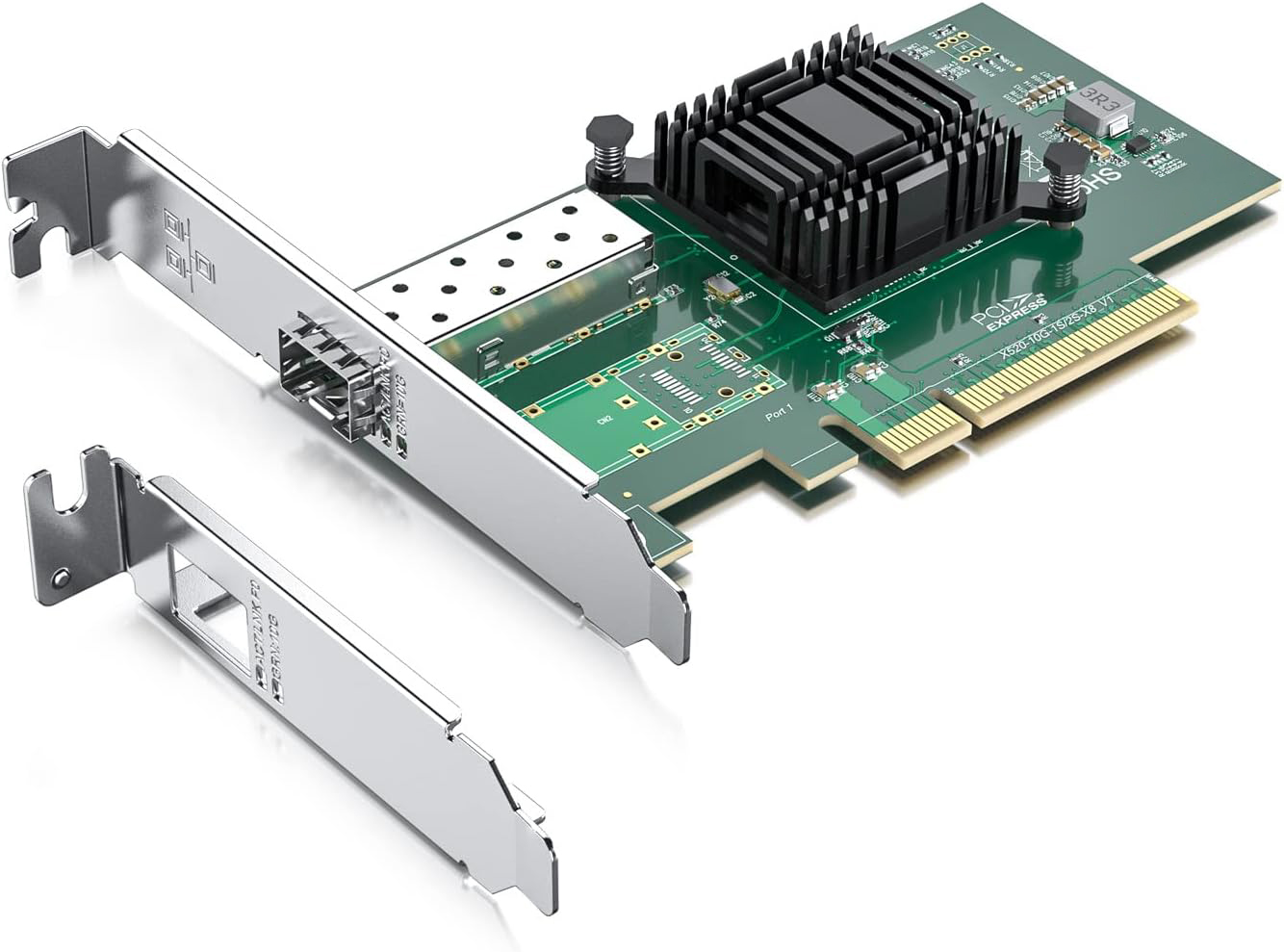FREQUENTLY ASKED QUESTIONS
Transuton Networks is a professional manufacturer with over 10 years of experience in high-performance cables and fiber optic transceivers. We have a strict quality control system in place, and all of our products undergo rigorous testing, including compatibility assessments and 48-hour temperature cycle tests, before they’re launched to the market.
All our products are manufactured in strict compliance with MSA standards, making them compatible with brands that don’t require proprietary coding, such as IBM, Dell, and Sun. However, some brands like Cisco, HP, and Juniper may need private coding for compatibility. If you can provide the brand and model of your systems, we’ll work to address compatibility issues before shipping the products.
Because we are the original manufacturer, we sell our products directly to customers at factory-direct prices.
- You can place your order in one of three ways:
- Online through our store on Amazon at amazon.com
- Online via our company shopping mall at transuton.com
- By contacting us directly online
1. What are optical transceivers?
Optical transceivers are devices used in networking to transmit and receive data over fiber optic cables. They convert electrical signals into optical signals and vice versa.
2. Are your transceivers compatible with my equipment?
Yes, our transceivers are designed to be compatible with major OEM brands like Cisco, Juniper, and Arista. Please check the compatibility chart or consult our support team for confirmation.
3. What types of optical transceivers do you offer?
We provide a wide range of transceivers, including SFP, SFP+, QSFP+, QSFP28, and more. These are available in various data rates and wavelengths to suit different applications.
4. How do I choose the right transceiver?
Consider the following factors:
Data rate (e.g., 10G, 25G, 40G, 100G,200G,400G,800G).
Distance and wavelength requirements.
Connector type and compatibility with your device.
1. What is a DAC cable?
DAC cables are pre-terminated twinax cables with integrated transceivers on both ends. They are ideal for short-distance, high-speed data transmission.
2. What are the typical lengths available?
Our DAC cables range from 0.5m to 10m. For custom lengths, contact our sales team.
3. Are DAC cables more cost-effective than optical cables?
Yes, DAC cables are more affordable and energy-efficient for short-distance connections within data centers.
4. Can I use DAC cables in a mixed-brand environment?
Yes, our DAC cables are programmed for interoperability with various OEMs, making them suitable for mixed-brand setups.
1. What is an AOC?
An AOC is a cable with transceivers embedded at both ends. Unlike DAC, it uses optical fiber for data transmission, offering greater distance coverage.
2. What are the advantages of AOCs over DACs?
AOCs support longer distances (up to 100m), are lighter, and provide superior signal quality.
3. Where are AOCs commonly used?
AOCs are ideal for high-speed interconnections in data centers and high-performance computing environments.
4. How do I maintain AOCs?
Avoid bending the cables excessively, keep connectors clean, and store them properly when not in use.
1. What is a NIC?
A NIC is a hardware component that allows a computer or server to connect to a network, enabling communication and data transfer.
2. What types of NICs do you offer?
We provide both Ethernet NICs (1G, 10G, 25G, 40G, 100G) and Fiber Channel NICs to meet various networking requirements.
3. How do I install a NIC?
Installation typically involves:
Inserting the NIC into an available PCIe slot.
Securing it with screws.
Installing drivers as per the manufacturer’s instructions.
4. What should I consider when selecting a NIC?
Supported data rates.
Compatibility with your system.
Required network protocols (e.g., Ethernet, Fiber Channel).
1. What types of fiber optic cables do you offer?
We provide single-mode (OS1/OS2) and multi-mode (OM1/OM2/OM3/OM4/OM5) cables for a variety of applications.
2. How do I choose between single-mode and multi-mode fiber?
Single-mode: Ideal for long-distance transmission.
Multi-mode: Best for short-distance and high-bandwidth applications.
3. What connectors are available for your fiber optic cables?
Our cables feature various connector types, including LC, SC, ST, and MPO/MTP.
4. How should I store fiber optic cables?
Store them in a cool, dry place. Use cable reels to avoid tangles and protect the connectors from dust.





